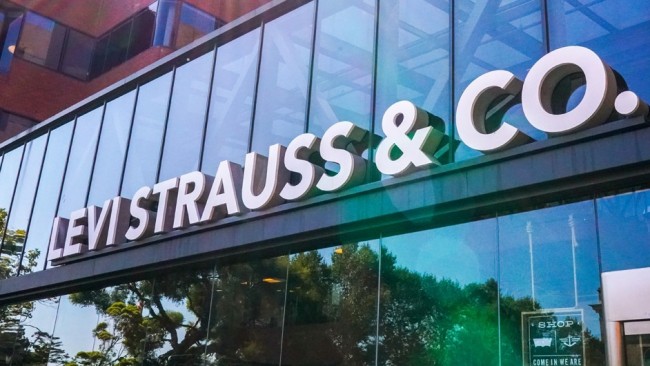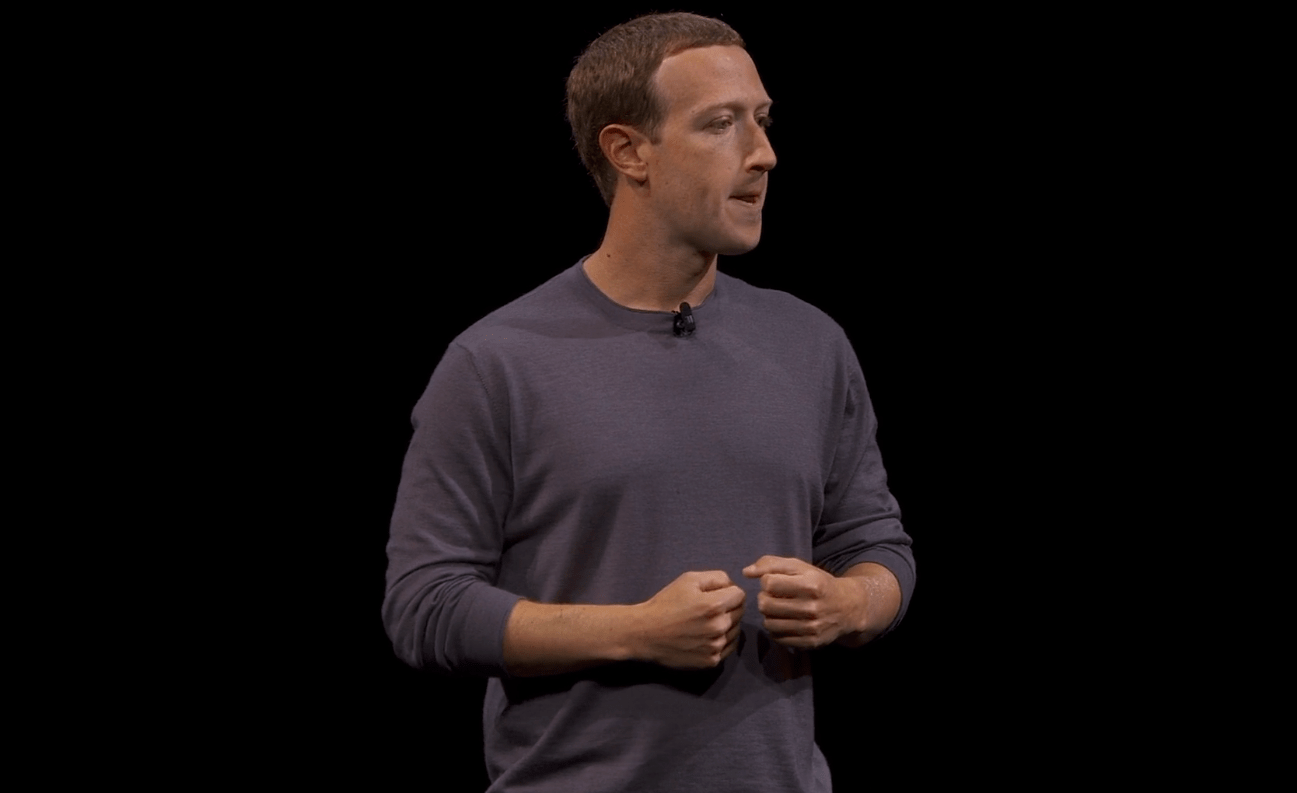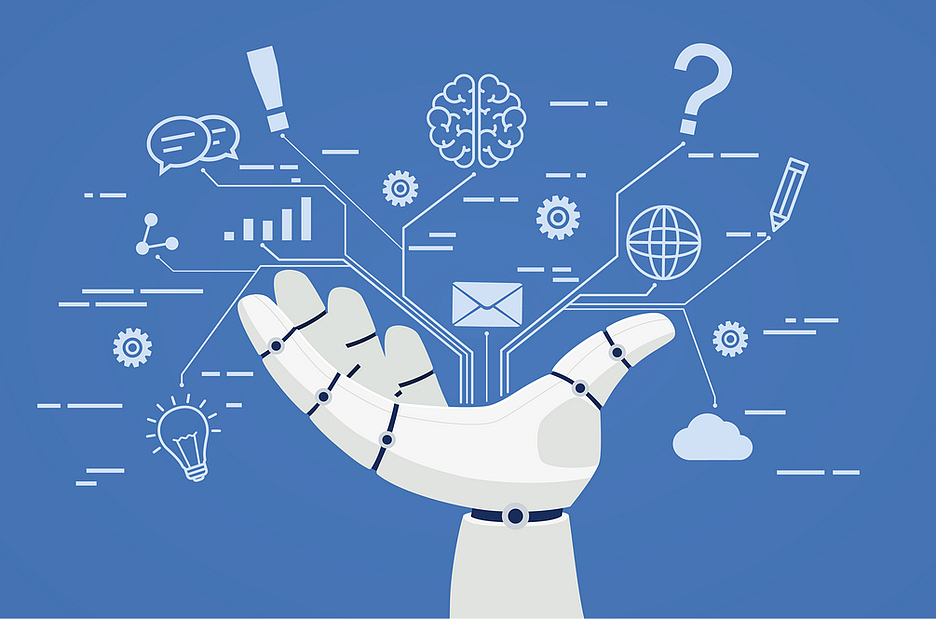Being able to guide us through exteriors and interiors and understand the environment, are characteristics that show the potential that augmented reality will have in our day to day.
During the conference Google I / O, the vice president of virtual reality of Google, Clay Bavor, has unveiled new services, such as VPS Hosting, that in the future we will surely see integrated into our immersive augmented reality glasses, but that today start on mobile phones like the new ASUS ZenFone S, which will be the second commercial telephone with Tango technology and will be available this summer. Thanks to Tango it is possible to create VPS, the visual positioning service which helps Tango devices quickly and accurately understand their indoor location. While GPS is ideal for outdoors, with VPS our device can direct us directly to an item within a store, among other utilities. VPS is already being implemented in partner museums and selected Lowe stores. Google believes this service will be very useful in a variety of scenarios. For example, VPS combined with audio interfaces could could help people with visual disabilities move around the world.
VPS operation (Video captured by RoadToVR).
Tango technology has applications in both virtual and augmented reality. In fact, it is the foundation of WorldSense, the new inside-out absolute positioning system that will come with the new autonomous Daydream viewers. Another service that Google showed was Lens, a set of visual capabilities that can understand what we’re looking at and help us perform actions based on that information. From 2010 to today, the error rate for vision image recognition has dropped to a point that is even below the rate of the human eye. “All of Google was created because we started to understand text and web pages. The fact that computers can understand images and videos has profound implications for our core mission,” said Sundar Pichai, CEO of Google.
Google Lens supposes to be able to take the camera of the mobile to look at something like a flower and to tell us exactly what type it is, or to focus on the data of a Wi-Fi connection and automatically connect us to the network. Lens will be integrated first in Assistant and Photos, and soon it will come to other products of the company.









